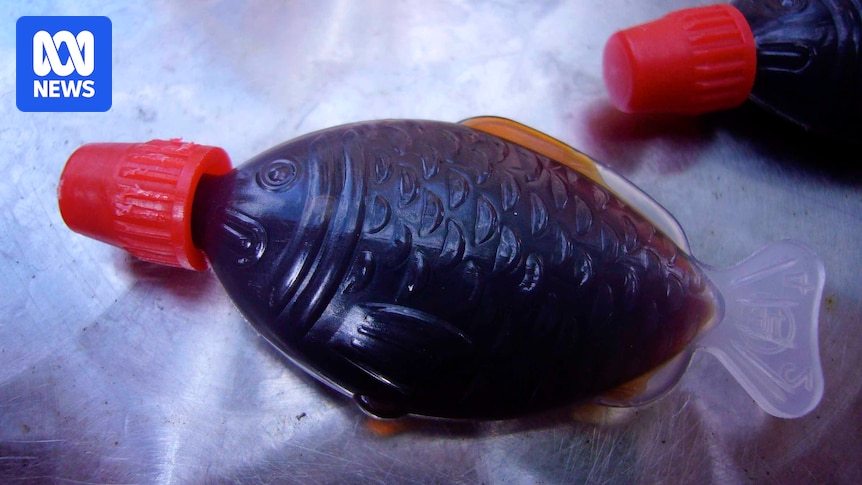
In a pioneering move to combat plastic waste, South Australia has become the first region in the nation to ban the iconic fish-shaped plastic soy sauce containers, effective from September 1, 2025. These containers, a staple in sushi takeaway shops worldwide, are now officially phased out as part of the state’s broader initiative to eliminate single-use plastics.
The ban, which took effect today, prohibits any plastic fish containers with a lid, cap, or stopper that hold less than 30ml of soy sauce. This includes the familiar small rectangular containers. The decision marks a significant step in South Australia’s ongoing efforts to reduce environmental harm caused by plastic waste.
Alternatives to Plastic Fish Containers
With the ban in place, businesses are encouraged to switch to bulk bottles or dispensers of soy sauce in-store. Plastic sachets will still be permitted as an interim solution. Environment Minister Susan Close emphasized the importance of moving away from single-use plastics entirely, although she acknowledged that sachets are a less harmful alternative.
“They are still plastics, but they’re much lighter weight, much easier to dispose of, and a lot less wasteful,” said Ms. Close at a press conference.
Ms. Close highlighted the environmental dangers posed by the fish-shaped packaging, noting that they are particularly hazardous to wildlife. The containers, resembling small fish, can be mistaken for food by marine life, leading to ingestion and potential harm.
Business Adaptation and Challenges
For local businesses, the transition away from plastic fish containers presents both challenges and opportunities. Stella, co-owner of Sushi Block in Adelaide CBD, expressed support for the change but noted the adjustment period required for businesses.
“We were given some notice, so we’ve been working with suppliers to provide a replacement that no longer includes the plastic fish shape,” Stella told ABC Radio Adelaide. “If we run out, we have glass bottle dispensers as a backup.”
She mentioned that the supply of paper sachets is currently limited, posing a challenge as suppliers adapt to the new regulations. The shift from plastic to paper packaging also involves additional costs, impacting businesses financially.
Historical Context and Broader Environmental Efforts
South Australia’s ban on fish-shaped soy sauce containers is part of a broader strategy to phase out single-use plastics. The state has a history of leading environmental reforms, having banned lightweight plastic shopping bags in 2009 and various other single-use items since 2021.
In recent years, plastic straws, cutlery, drink stirrers, and expanded polystyrene containers have been removed from circulation. The state continues to push forward with new initiatives, including a delayed plan to ban stickers on fruit and vegetables, which was postponed due to industry concerns over cost and supply chain impact.
National and International Implications
South Australia’s proactive approach to banning single-use plastics sets a precedent for other states and territories. Western Australia and South Australia are at the forefront of these efforts, with other regions expected to follow suit. A 2023 report from WWF-Australia noted that all states and territories have phased out plastic bags, with similar progress on other items.
South Australian Premier Peter Malinauskas expressed confidence that the state’s actions would inspire others to adopt similar measures. He emphasized the importance of minimizing plastic waste to achieve environmental benefits.
“We know that plastics can play an important role in our economy and society, but when they’re single-use, they often go directly to waste,” he said. “We’re committed to addressing environmental reform and mitigating the use of single-use plastics.”
Meanwhile, an ACT government spokesperson stated that fish-shaped soy sauce containers are not currently under consideration for a ban, although the territory remains committed to identifying and phasing out problematic waste streams.
As South Australia continues to lead the charge in environmental reform, the nation watches closely to see how these initiatives will influence broader policy changes across Australia and beyond.







